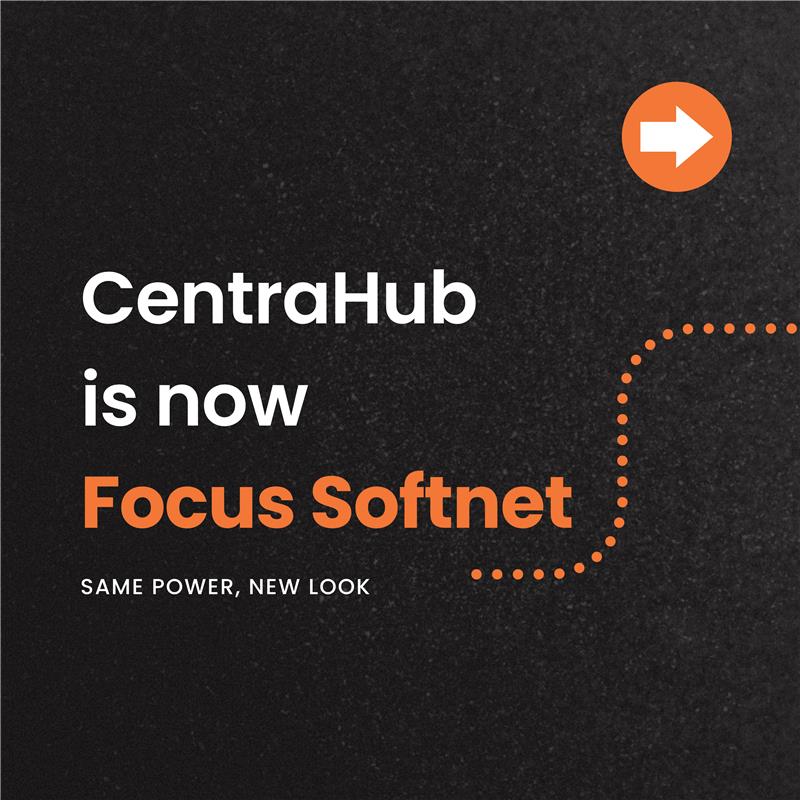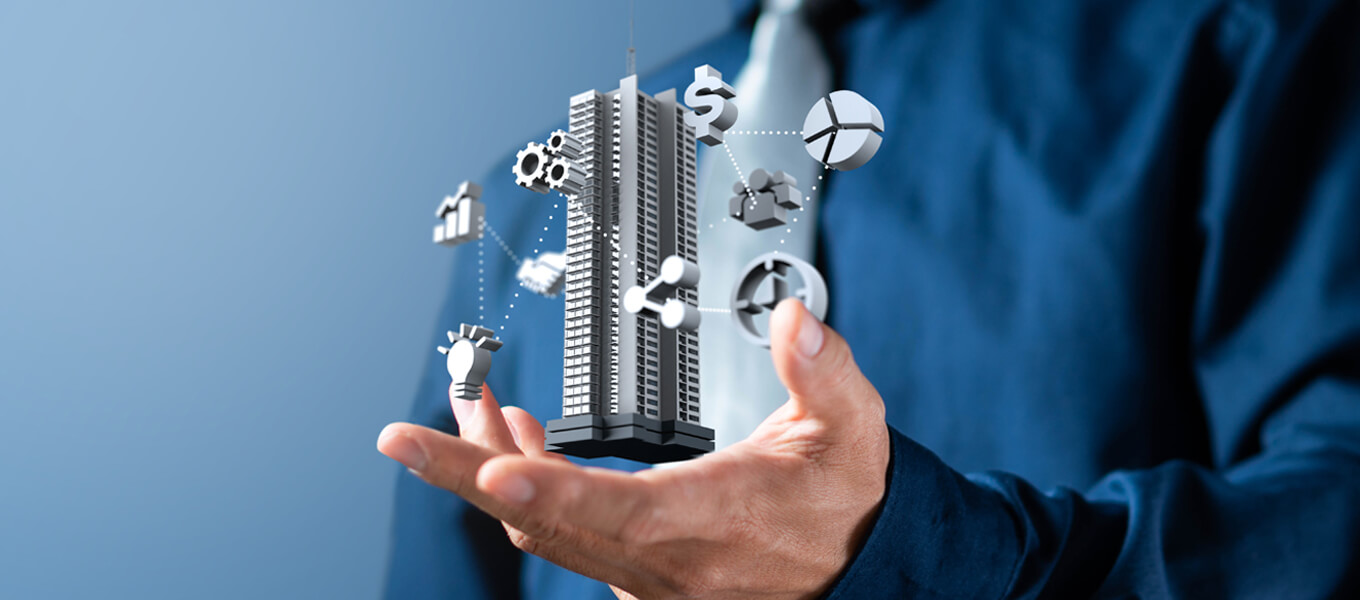

Optimizing asset lifecycle management has become a critical priority as businesses strive for operational excellence and improved efficiency. In this pursuit, organizations have recognized the pivotal role of Customer Relationship Management (CRM) software. With its multifaceted capabilities, the software solution offers a comprehensive solution for businesses to optimize asset lifecycle management and unlock the full potential of their assets.
In this blog post, we delve into the instrumental role of CRM in driving efficient asset lifecycle management practices.
CRM software serves as a centralized repository for asset information, allowing businesses to track and manage assets throughout their lifecycle. By integrating asset tracking capabilities into the system, businesses can gain real-time visibility into asset location, condition, and usage. This centralized approach streamlines asset tracking, reduces manual efforts, and ensures accurate and up-to-date asset information for effective decision-making.
Effective maintenance planning is crucial for optimizing asset lifecycle management. CRM software enables businesses to schedule preventive maintenance tasks, track maintenance history, and set reminders for maintenance activities. CRM integrated with asset management tool helps businesses streamline maintenance processes, prioritize tasks based on asset criticality, and reduce costly downtime.
CRM software can play a significant role in streamlining the procurement and asset acquisition process. By integrating CRM with procurement systems, businesses can automate purchase requests, track orders, and manage supplier relationships. This integration ensures efficient asset acquisition, minimizes delays, and provides a comprehensive view of the procurement lifecycle.
Asset management software offers robust data analytics capabilities that can be leveraged for asset optimization. By analyzing asset data, businesses can gain insights into asset performance, utilization, and costs. Data-driven decision-making enables businesses to identify opportunities for efficiency improvements, implement predictive maintenance strategies, and optimize asset utilization for maximum return on investment (ROI).
The Internet of Things (IoT) and sensor technologies have transformed asset management practices. CRM software can integrate with IoT devices and sensors to capture real-time data on asset health, usage patterns, and environmental conditions. This integration enables businesses to monitor assets remotely, proactively detect issues, and optimize maintenance schedules based on actual asset conditions.
CRM software's ability to seamlessly integrate with other business systems, such as enterprise resource planning (ERP) and financial management systems, is invaluable in optimizing asset lifecycle management. This integration enables businesses to synchronize asset data, financial information, and operational processes, providing a holistic view of asset performance and facilitating informed decision-making.
Efficient asset disposal and retirement are essential components of asset lifecycle management. CRM software can help businesses track the end-of-life stage of assets, automate disposal processes, and ensure compliance with regulations. By streamlining asset retirement, businesses can optimize asset utilization, minimize environmental impact, and manage the entire lifecycle efficiently.
CRM software facilitates collaboration and communication among stakeholders involved in asset lifecycle management. By providing a centralized platform, the system enables cross-functional teams to collaborate, share asset-related information, and communicate effectively. This collaborative approach enhances coordination, reduces errors, and improves overall efficiency in managing assets.
When selecting a CRM system for asset lifecycle management, scalability, and customization options are crucial considerations. The software solution must accommodate the growing needs of the business and allow for customization to align with specific asset management requirements. Scalability ensures that the system can adapt to business growth, while customization allows businesses to tailor the solution to their unique asset management processes.
Regulatory compliance is vital in asset lifecycle management, particularly in industries with stringent regulations. CRM software helps businesses maintain compliance by tracking asset information, maintenance records, and disposal processes. The system can generate reports and documentation necessary for audits and regulatory compliance, ensuring adherence to industry standards and regulations.
CRM software plays a pivotal role in optimizing asset lifecycle management. The system can streamline asset management processes, enhance operational efficiency, and achieve optimal asset utilization.